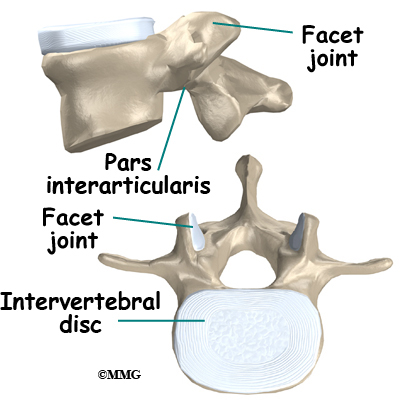I am in healthcare. I see people suffer, I see people get well. Hopefully I help them with both. But as anyone who is in healthcare will tell you, doctors, nurses; everyone else involved are still people. They make mistakes, they have lapses in judgment. Whether doing a poor job of cleaning the site for a central line, forgetting or not having the time to check your circulation properly every two hours, giving the right dose of the right medication...these are all innocent mistakes that
do happen every day. In 90% of cases you can fix that mistake without any harm to the patient, but it is the occasional ephedrine/epinephrine confusion, 5,000 units vs 50,000 units of hepairn, poorly cleaning the IV port prior to injecting--that can lead to fatal complications. It is only lawyers and politicians that will tell you medicine "must" be perfect, because it simply cannot be. There is a price to perfection--and in a capitalistic system with a profit driven healthcare system the bottom line is not for you to be so healthy that you do not need it.
When my wife was ill and I watched the RN inject the morphine instantly, it is not that she wanted to give her the worst headache of her life--but she did not know any better and our shoddy system did not teach her differently. Either that or it failed to instill a sense of importance to that subject.
When I see RNs clean a port with an alcohol pad for 3 seconds and immediately inject, it is not because they do not care, or want to give me endocarditis and vegetated heart valves as the bacteria from that port cling to them and eat away the tissue--but because they do not have the time to stand there for 30 seconds, and then allow it to dry. It is because that is deemed "too expensive" for hospitals to have nurses stand there doing nothing for 30 seconds every time they give IV medications. Yet they are instructed to follow this unrealistic practice (considering the patient loads.) Luckily most people's immune systems can kill those germs before they cause damage,
most people's.
Physicians are also plagued with similar issues. While nearly all of whom I have had the pleasure of working with have nothing but the best of intentions, there is a point at which liability concerns trump that which is best for the patient.
This is the system I am about to enter. Anything I can do to put it off, or better yet prevent it altogether, would be imperative to pursue. Unfortunately everything so far has lead me back to the road of getting surgery. It has been months since the injection, I dropped nearly 30 lbs, increased my strength, cardiovascular capacity, and flexibility dramatically. Went down the NSAIDs road as well with some improvement but with great long term risks, reduced my upright activity to only when necessary, and many days I can get by pain free as long as I do not stand or walk more than 30 minutes cumulatively. But it is not the life I had before this. While by no means am I implying that those in wheelchairs are not able to lead fruitful and full lives, on the contrary, I think here in the US we have accommodations for an unprecedented variety of disabilities. However I think given the choice, most would rather walk.
 Also I finally got the standing x-ray, and here you can see the difference between standing vs laying down, and the obvious difference in grade.
Also I finally got the standing x-ray, and here you can see the difference between standing vs laying down, and the obvious difference in grade.





